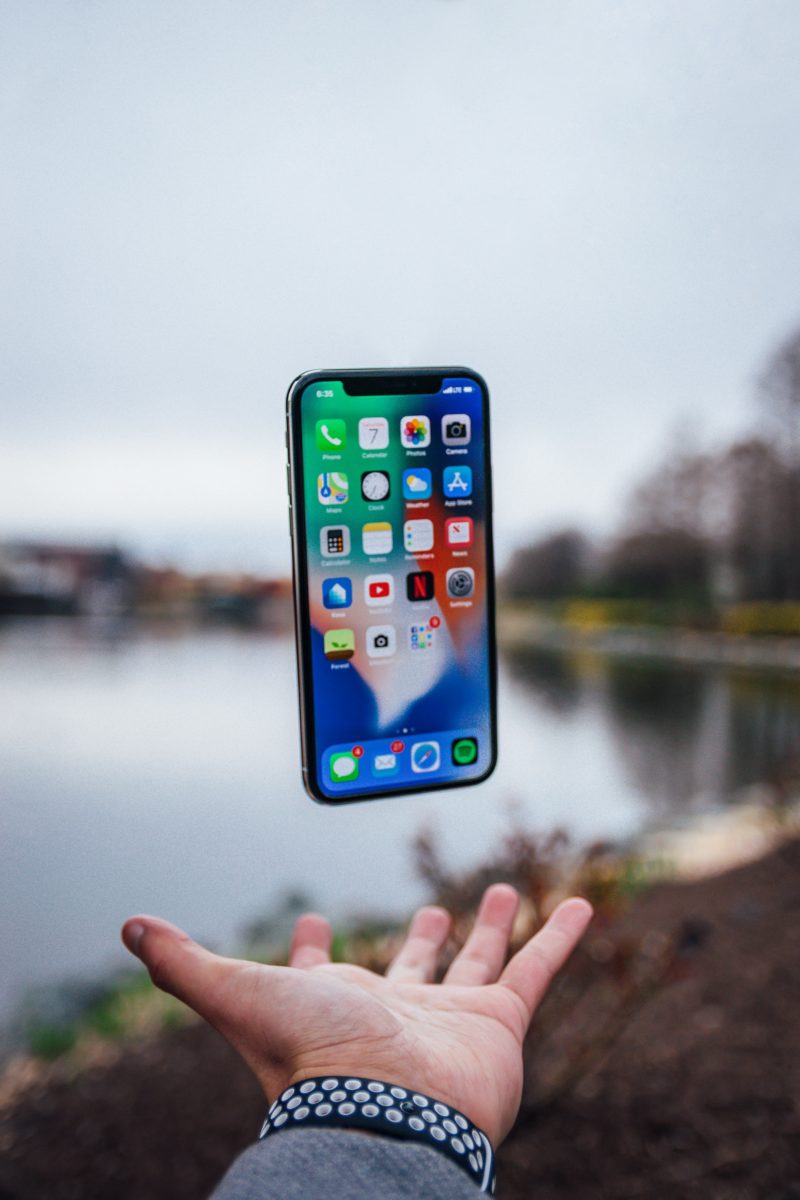With the current health crisis, the illusion of digital transformation has become a need for brands and businesses to survive. Screens and mobile applications have played an increasingly important role in people’s lives, from the widespread use of telecommuting to the rise of e-commerce platforms and distance learning. This tendency is expected to continue in 2021. Here’s a quick rundown of the upcoming technology changes by free essay writer Dustin Bratten.

The advent of low-code
Analyst firm Forrester has predicted the advent of low-code/no-code in 2021 for deploying critical applications. Low-code is a revolutionary way to design an application, making it accessible to everyone quickly. Its concept reduces the complexity of application development by using little or no code: simplified to the max thanks to a click-and-drop back office and with an intuitive user interface.
While these platforms are unlikely to replace traditional coding, they are expected to become a popular way for businesses to construct their initial apps without having to hire a developer or outsource the work. For a fair budget, designing a mobile app can take only a few weeks instead of several months using this technique.
According to a Forrester survey of developers, 44% of project managers surveyed were using or planning to use these platforms last year. By 2021, 75% of development teams plan to use these tools by the end of the year. More than ever, the need to save money and time will make low code more popular in 2021.
Click and collect is no longer an option but a matter of survival
In 2021, the line between e-commerce and physical stores will be even more blurred, moving towards a generalization of “clicks and mortar.” If these two channels have long been put in opposition, their complementarity is no longer demonstrated. The survival of a company, whatever its size, is now dependent on a well-tended online activity and an optimized purchasing path for the customer between physical and digital.
Popularized by the French government during the second containment, click & collect is no longer a gadget but a real lifeline for all retailers. It is estimated that by 2021, about 40% of online purchases will be collected in stores. A winning strategy in terms of up-selling for retailers.
The revenge of the local
In 2020, purchases via a mobile application had made the happiness of leading retailers such as Amazon, Fnac, C-Discount, etc. But it was also the year that brought out a powerful will to support local shops to fight against the desertification of city centers. The controversy around the opening of bookstores illustrates this point. Many city councils have taken the gamble of creating online shopping sites or apps on a municipal scale to help shopkeepers cope with the crisis. This trend of eating locally is not new, but it has grown significantly as a result of the health problem. A local e-commerce service must establish itself in the ecosystem.
Mobile is the hub of our social and professional lives
In 2021, couch commerce is expected to overtake traditional retail as the dominant mode of customer purchase. This year, it is likely that mobile will be used for 43 percent of our home activities and that time spent on apps connected to home activities (fitness, delivery, streaming, etc.) would approach 1.3 billion hours. Since 2020, the French have spent about 2 billion dollars on a mobile application, making it a profitable trend for publishers.
But mobile applications are no longer the exclusive domain of entertainment. In 2021, the annual growth rate of apps used for work and education will increase by 57% and 62%, respectively. This is mainly due to the rise in popularity of video conferencing apps like Zoom, Slack, and e-learning, which directly results from the widespread adoption of telecommuting and home education.
Great apps for everyone
If TikTok, WhatsApp, or Facebook are among the most downloaded applications in 2020, they are no match for the “super apps” in performance. Super apps are mobile applications that contain several other applications from the same ecosystem and are a model that is very common in Asia and is starting to take hold in South America and Africa.
WeChat is the most famous example of a super app. It is the cornerstone of Chinese people’s online life, allowing them to chat with friends and family, shop for food, pay for groceries or order a cab.
This super-app model makes many publishers drool, as they see it as a way to strengthen their ecosystem. One example is Google Maps, which is no longer a simple online map, but now serves as an engine of desire, inspiration, and booking of train and plane tickets.
Ten years ago, developing one’s website was a must, often reserved for big brands. Today, anyone can create a simple showcase site that provides an essential online presence in 2021. The trend is the same for mobile applications, as the time spent on mobile explodes for all generations, and m-commerce is growing at a rapid pace. The era of low-code will make mobile development and creativity more accessible for all brands and companies, and let’s bet that 2021 will be a pivotal year for this sector.
 Sections of this topic
Sections of this topic
















